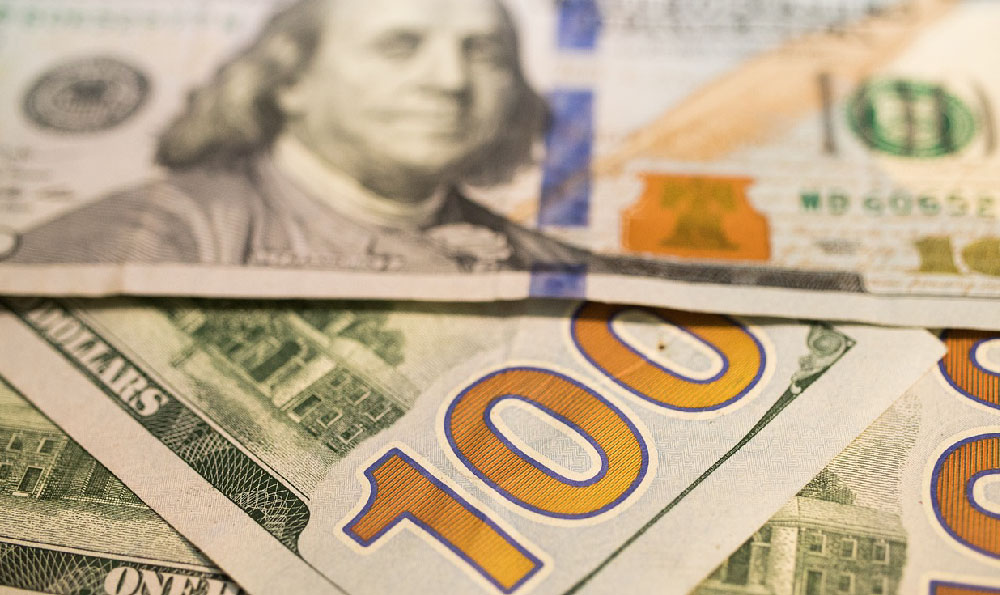Creating a money rose, an artful and impressive gift, involves transforming ordinary bills into delicate floral arrangements. While visually appealing, it's essential to consider the ethics and practicality surrounding this craft. From an investment perspective, defacing currency, even for artistic purposes, has implications, albeit usually minor, depending on the country and the intent. So, before diving into the creation process, understand the nuances and potential drawbacks. From a financial perspective, ensure you are using disposable income for this endeavor and not sacrificing essential needs or investment opportunities.
Now, assuming ethical and financial considerations are addressed, let's explore the "best" methods for crafting a money rose. The "best" method is subjective and depends on your skill level, desired aesthetic, and the time you're willing to invest. However, several approaches consistently yield beautiful results and are relatively accessible to beginners. I'll outline a few, highlighting their pros and cons.
One popular technique involves using a combination of folding and securing methods. This usually starts with carefully folding each bill into a petal shape. There are multiple ways to create these petals, ranging from simple triangle folds to more intricate origami-inspired techniques. The complexity of the fold directly impacts the rose's realism and overall visual impact. Simpler folds are quicker to learn and execute, making them ideal for beginners, while more complex folds require practice and patience.

Once the petals are folded, they need to be secured to a central base. This base is often a floral wire stem or a small wooden dowel. Double-sided tape, glue dots, or even very thin wire are used to attach the folded bills to the base, forming the rose shape. The key is to apply the adhesive sparingly and strategically, ensuring the bills remain intact and the rose maintains its form. Overusing adhesive can damage the bills and make the rose look clumsy. This method allows for customization, as you can vary the number of petals, their size, and the arrangement to create unique rose variations. The disadvantage of this technique is that it can be time-consuming, especially when creating a large bouquet. Additionally, careful handling is required to avoid tearing or crumpling the bills.
Another method utilizes specialized money-folding tools or templates. These tools are designed to simplify the petal-folding process, ensuring consistent and uniform results. They typically involve guiding the bill through a series of folds, creating a pre-defined petal shape. While these tools can significantly speed up the process and improve precision, they may limit creativity and customization. The benefit is that the petals are consistent in size and shape, making the final rose look more professional. This can be a worthwhile investment if you plan to make money roses regularly.
Beyond the folding and securing techniques, the choice of bills themselves plays a crucial role. Crisp, new bills are always preferable, as they hold their shape better and create a more polished appearance. Older, worn bills can be used, but they may require more careful handling and additional support to maintain their form. You can also experiment with different denominations to create roses with varying values. For example, using a mix of one-dollar and five-dollar bills can create a visually interesting and economically diverse bouquet.
Furthermore, consider the overall presentation of the money rose. Wrapping the stem with floral tape or ribbon can add a touch of elegance and conceal the underlying support structure. You can also incorporate other floral elements, such as artificial leaves or baby's breath, to enhance the rose's beauty and create a more complete arrangement. Presenting the money rose in a vase or decorative box can further elevate the gift's impact.
Beyond the specific steps involved in crafting a money rose, there are some overarching principles to keep in mind. Firstly, practice makes perfect. Don't be discouraged if your first few attempts are less than perfect. With patience and persistence, you'll gradually improve your skills and develop your own unique style. Secondly, prioritize precision. Even small imperfections in the folds or securing process can detract from the rose's overall appearance. Thirdly, be mindful of the environmental impact. Consider using eco-friendly adhesives and packaging materials whenever possible.
Finally, let's address the investment implications beyond the face value of the bills used. While a money rose is a visually appealing gift, it's important to remember that it's essentially a symbolic gesture. From an investment perspective, the money used to create the rose could be put to better use in a more traditional investment vehicle, such as stocks, bonds, or real estate. However, the act of giving can also be seen as an investment in relationships and goodwill, which can have intangible but valuable returns.
Ultimately, the "best" method for crafting a money rose is the one that best suits your individual skills, preferences, and resources. Experiment with different techniques, tools, and materials to find what works best for you. Remember to prioritize precision, patience, and creativity, and don't be afraid to add your own personal touch to the final product. While not a sound financial investment on its own, the joy and appreciation it brings can be a worthwhile return in itself. Just remember to do so responsibly and ethically, keeping in mind the value and potential of the currency you are transforming.












